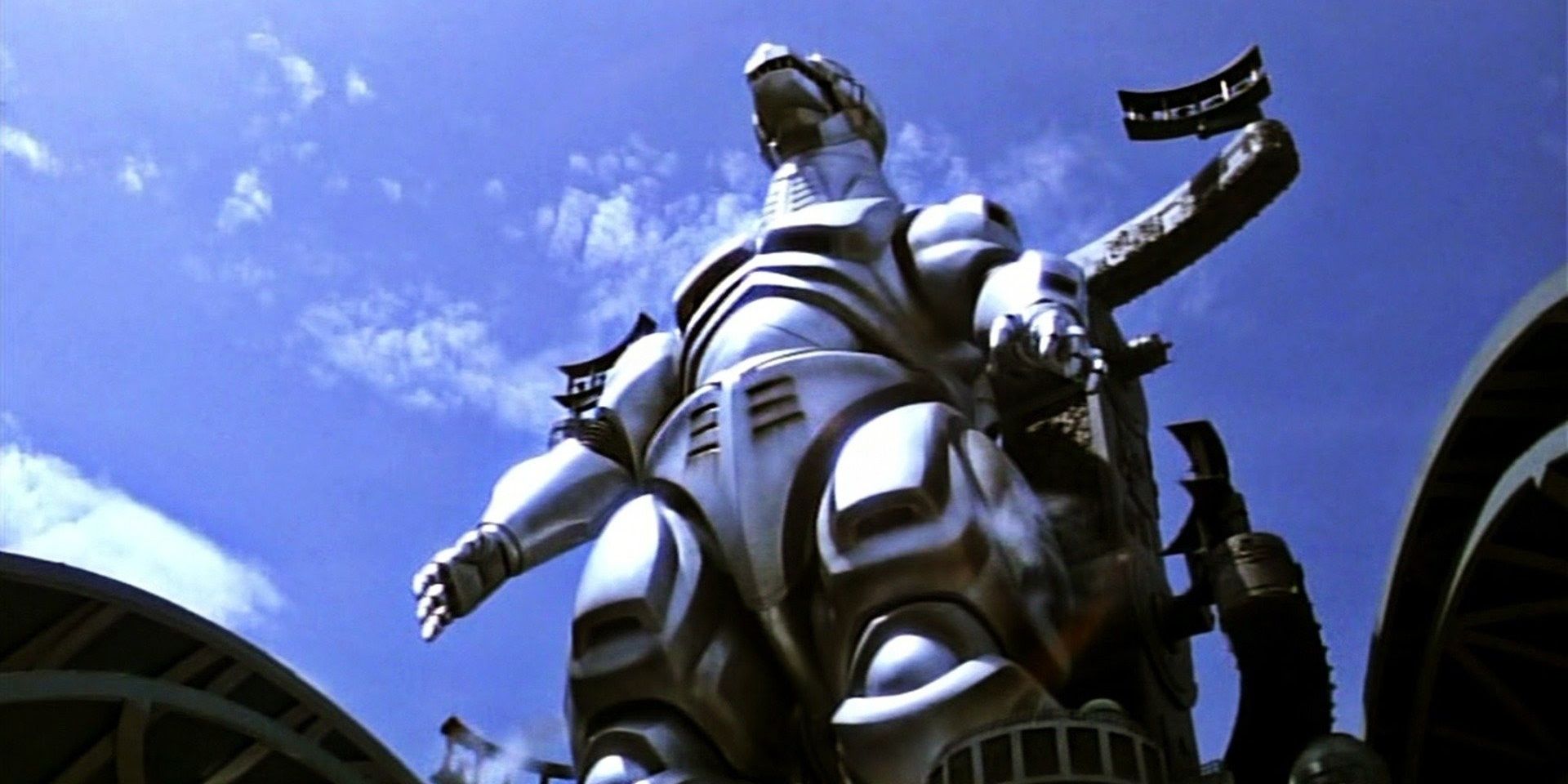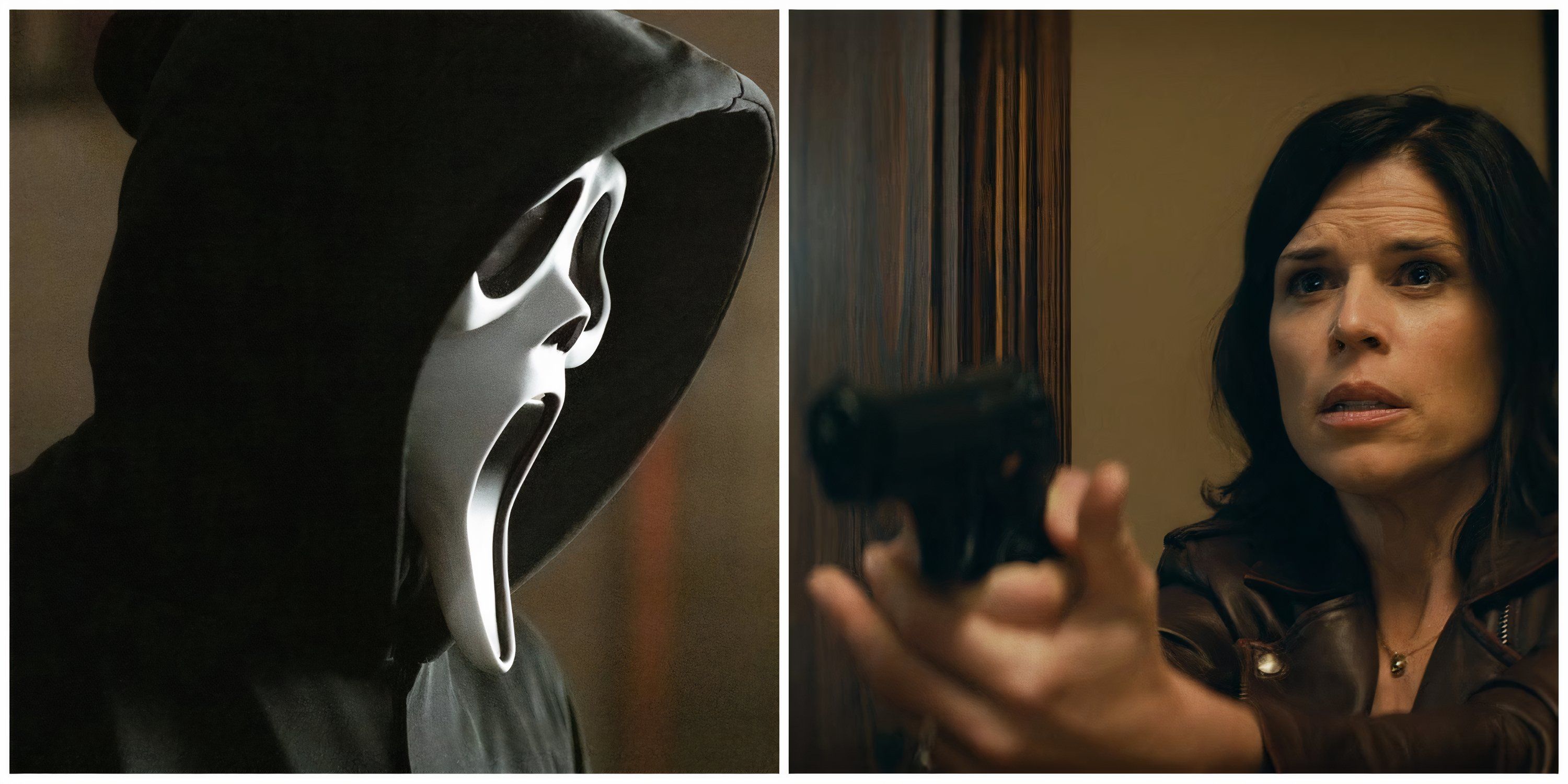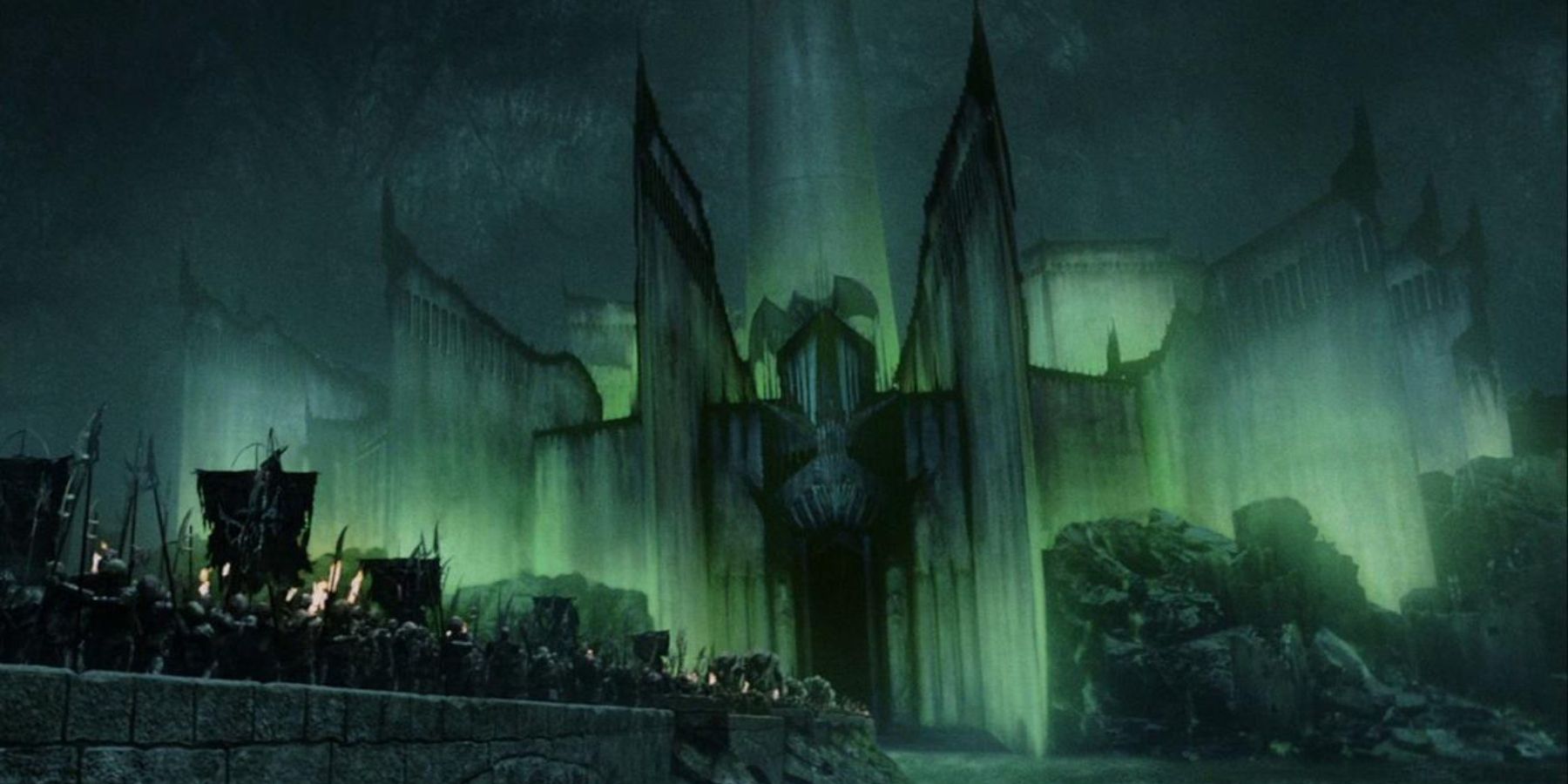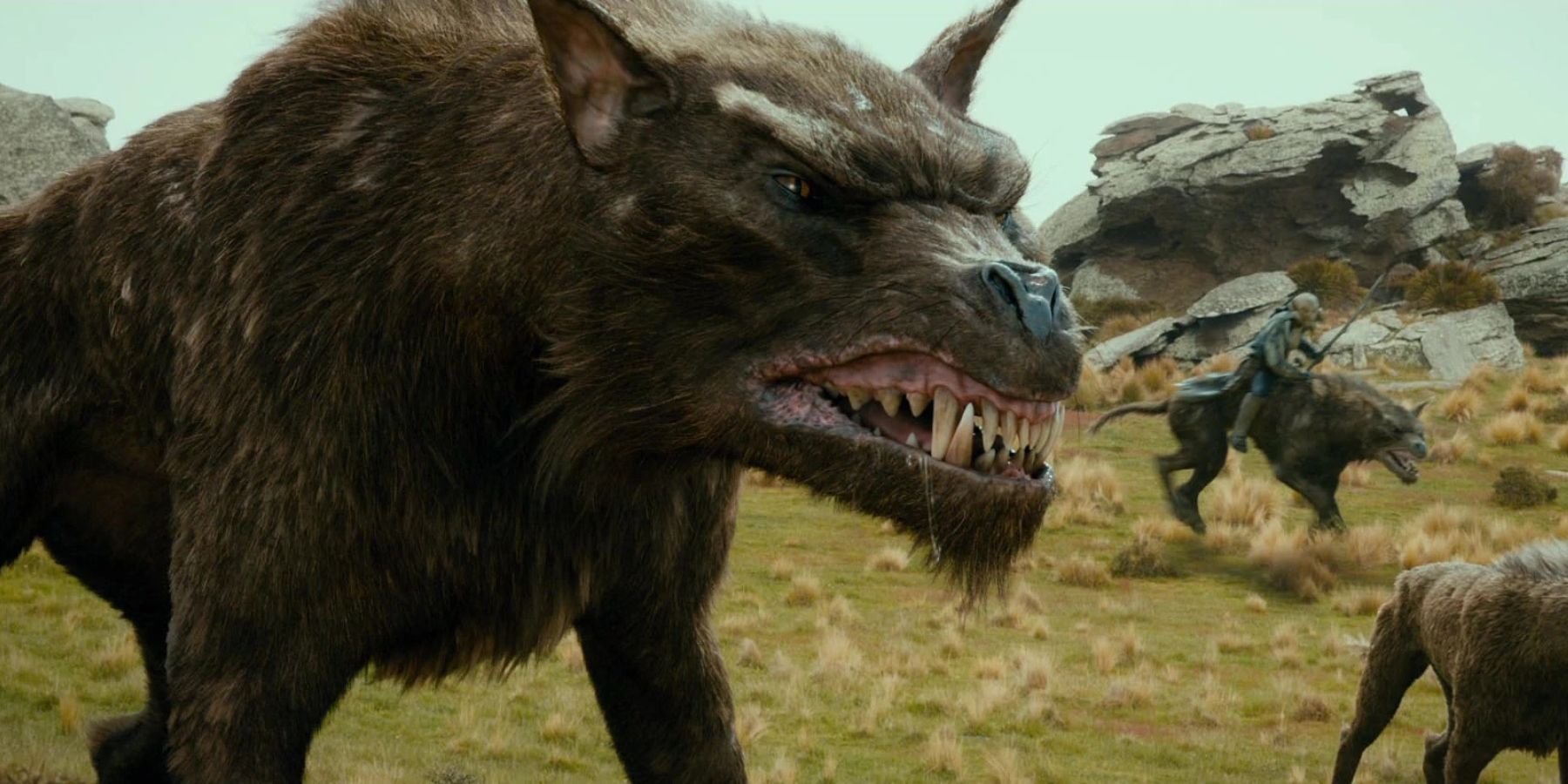One of the most popular and sought-after tropes in modern culture is books and movies about vampires and werewolves. From early renditions of the fight between these two powerful creatures including Buffy the Vampire Slayer in 1997, and Underworld in 2003, to the infamous Twilight Saga, spawning shows like Teen Wolf, The Vampire Diaries, and Shadowhunters. Interestingly, many fans are unaware that the portrayals of these unnatural creatures as we know them in popular culture are often attributed to Tolkien’s works.
Of course, there are works written previously to that of Tolkien who helped to invent, or even brushed briefly upon these strange beings, the most obvious being novels like Bram Stoker’s Dracula, William Polidori’s The Vampyre, and Le Fanu’s Carmilla for vampires, and tales such as Wagner the Wehr-Wolf by George Reynolds, and the sorts of wolves who often appear in the woodlands of 18th century fairytales. But many people believe that Tolkien was one of the earliest writers to include these creatures as canonical beings in existence within the arc of a wider story, rather than the story being focused on the humans within the story finding out that these beings were real, and the story revolving around that premise.
For example, in The Silmarillion, the most famous tale is probably that of Beren and Luthien, the long-ago lovers who are the counterparts of Aragorn and Arwen’s romance, and her decision to give up her mortality for him. Those who know the tale will recall that Beren loses a hand when it is bitten off by a wolf after he manages to claim a Silmaril from the crown of the evil Morgoth. The wolf that bit his hand off is supposedly descended from Drauglin, the first werewolf to be bred by Morgoth in Middle Earth.
That’s right, werewolves did exist in Tolkien’s stories, and the wolves who trap the dwarves in the trees outside the Goblin Caves in The Hobbit quest, as well as the Wargs that can be seen carrying orc servants in the War of the Ring, are all probably decendants of this original werewolf Drauglin. He was most famously loyal to Sauron, Morgoth’s servant, and lived with the dark lord in a high tower, which would explain why all of his descendants are on Sauron’s side during Frodo’s quest to destroy the One Ring.
As for vampires, these creatures also seemingly lurked in the background of Tolkien’s stories, and their existence was known and feared, but they were far rarer. They, too, are evil and blood-thirsty as the wolves, and serve the cruel purposes of Morgoth, then Sauron once the former has been slain. The most known of these bat-like men in the histories of Arda is Thuringwethil, who was said to disappear into the night to do Sauron’s bidding, and be able to drain both blood and secrets from his victims. He would then bring back whatever knowledge he had uncovered and report it to the dark lord.
Little is known about the other vampires in Tolkien’s world, other than the fact that they were human sized, and had hairy winged bodies, with the hideous faces of men or women. Most notably though, Sauron himself is believed to have been able to transform into both a vampire bat, and a werewolf, in the earliest renditions of The Silmarillion. He could only do this at great need, but the most recorded times were when he battled Huan, a huge and gentle wolf-hound who helped Luthien in to rescue Beren from the dungeons of Angbad. Sauron first turned into a wolf in order to fight the great hound, and when it looked as if he was going to be defeated, he turned into a bat and made his escape.
Some fans have questioned why Sauron never did this during the Second or Third Ages, during the many battles he fought against the Last Allience, and the Kings of Gondor and Rohan. One simple explanation is that he may have lost the ability when his physical form died in the Fall of Numenor. His body was drowned, but his essence was able to live on and regain strength behind the gates of Mordor, seeping corruption into the surrounding lands. As far as is known, the vampires were already rare in the First and Second Ages of the world, and had all but been wiped out completely by the time the readers meet Bilbo and Frodo Baggins, but as aforementioned, there are still hints of the werewolves of all in both of their journeys to banish evil from Middle Earth.
Tolkien contributed many facets to the elements that are known and loved about vampires and werewolves in modern day, from the humanoid figures shape-shifting and sneaking around in the dark, to the violent and vehement nature of creatures who have been twisted by evil, and his high fantasy will live on long into the future.






